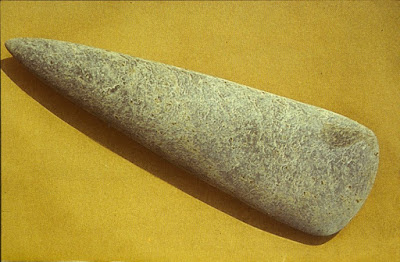The Avalon Marshes are three nature reserves (Shapwick Heath, Westhay Moor and Ham Wall) on the Somerset Levels, not far from Glastonbury. The wetlands are formed from the remains of peat workings that have since filled with water to form a valuable habitat for many kinds of birds.
As part of new work at Westhay Moor, the Somerset Wildlife Trust had commissioned me to carve designs drawn by children at a local school onto two larch boards, each about 3 metres (8 feet) long.
First, I enlarged the drawings and reproduced them onto the boards using a grid.
Next, the designs were carved using a Dremel, a small drill which had a burr-shaped cutter mounted onto it. I have found that carving into some softwoods (like larch) using power tools can sometimes give a better result than using traditional hand tools, no matter how well-sharpened they are.
The designs were then painted in with durable black gloss paint and finished with a finishing oil.
The marshes were beautiful and quiet, with only a few dedicated bird watchers about. We heard a Cetti's warbler and saw a reed bunting; so we got in some birdwatching too. There were several carvings dotted about the marshes that were also interesting to see.
The sculpture shown below refers to the murmurations of starlings, which the reserves are famous for. In winter, millions of starlings roost here and on clear, cold evenings and mornings they swoop and swirl in great clouds over the reeds.
While visiting Westhay Moor, I couldn't miss going to see a new bird hide that was designed and built by my friend Tom Redfern and his colleagues at Roundwood Design.
The two-storey hide is reached via a causeway and gives a great view out over a pool that is very popular with many different kinds of birds.
When you go inside, the roundwood framing that Tom specialises in becomes visible. I think you will agree that it looks great.
Here's two photos taken by Tom showing how the hide looks with my boards fixed to it:
This area has also turned up many pieces of very important archaeology. The marshy, peaty ground preserves wooden artefacts well as the lack of oxygen prevents decomposition.
The second oldest walkway ever discovered in Northern Europe was found very nearby - the 'Sweet Track'.
 |
| Image by E. Mortalmans from http://avalonmarshes.org/the-avalon-marshes/heritage/sweet-track/ |
Found in 1970 and named after its discoverer, Ray Sweet, the 2 kilometre (1.24 miles) long track was constructed in either 3807 or 3808 BCE along the course of an older walkway, known as the 'Post Track'. It was only in use for about 10 years before being abandoned but many finds have been made around it, including an unused jadeite axe head that was created from rock which originated in the Alps.
 |
| Image from http://www.somersetheritage.org.uk/record/11000 |
